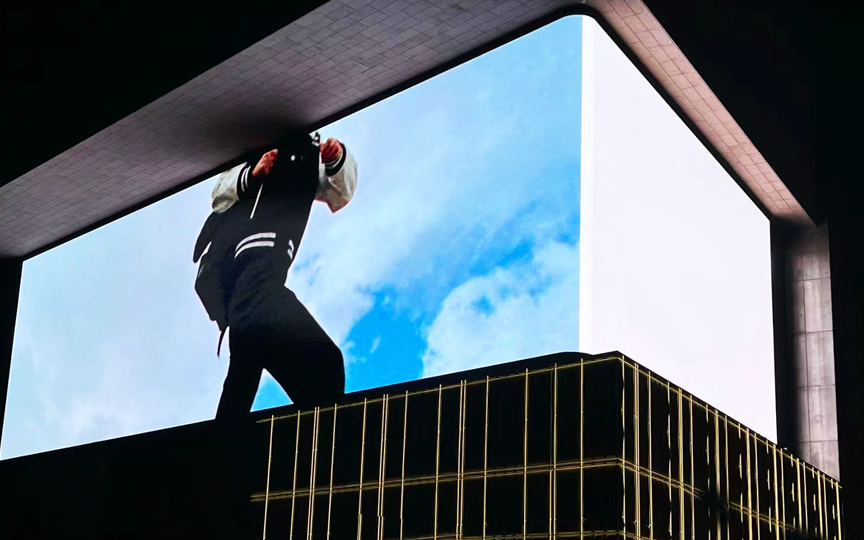Outdoor LED screens can be a powerful tool for communication—whether you're running a retail business, organizing an event, or managing public signage. But jumping into a purchase or installation without doing your homework can lead to costly mistakes. Before you start drilling into walls or pouring concrete, here are a few practical things to consider.

1. Understand Your Purpose First
Not all LED displays are built the same. Will you be showing high-definition video? Simple text alerts? Maybe weatherproof advertising near a busy street? The content you plan to display plays a big role in determining pixel pitch, screen size, and brightness requirements. Don’t just go by the spec sheet—think about how the screen will actually be used on a daily basis.
2. Check the Viewing Distance and Angle
Outdoor screens are often installed higher up, so you need to think about how people will see them from different positions. A pixel pitch that's too tight may be overkill for a long-distance viewer, while too wide a pitch could ruin image clarity. Measure your site carefully, and don’t forget to account for angles—sunlight and shadows can distort the display if not positioned correctly.
3. Weather Isn’t Just Rain—It’s Dust, Wind, and Heat
Yes, outdoor LED displays are built to handle the elements, but not all of them are created equal. Some models are better suited for humid or coastal climates, others for high heat or wind-prone areas. Look for IP65 or higher for serious outdoor durability. And if you're in an area with heavy dust or sand, that’s a separate challenge. Ask your supplier about real-world use cases, not just lab test results.
4. Plan for Power and Maintenance Access
Outdoor displays need a stable power supply, and depending on the brightness level and screen size, the power draw can be significant. Beyond that, think about how you’ll access the display for future repairs. Is the screen front-serviceable? Will you need a lift to reach it? It’s easy to overlook maintenance when you're just excited about getting the screen up—but it’ll matter six months from now.
5. Work With an Experienced Installer
It’s tempting to cut corners on installation to save money, but improper mounting or poor electrical work can shorten the life of your display—or worse, create safety issues. Choose a team that has worked with outdoor LED setups before, preferably on projects similar to yours. They’ll understand things like ventilation, lightning protection, and how to get permits if needed.

